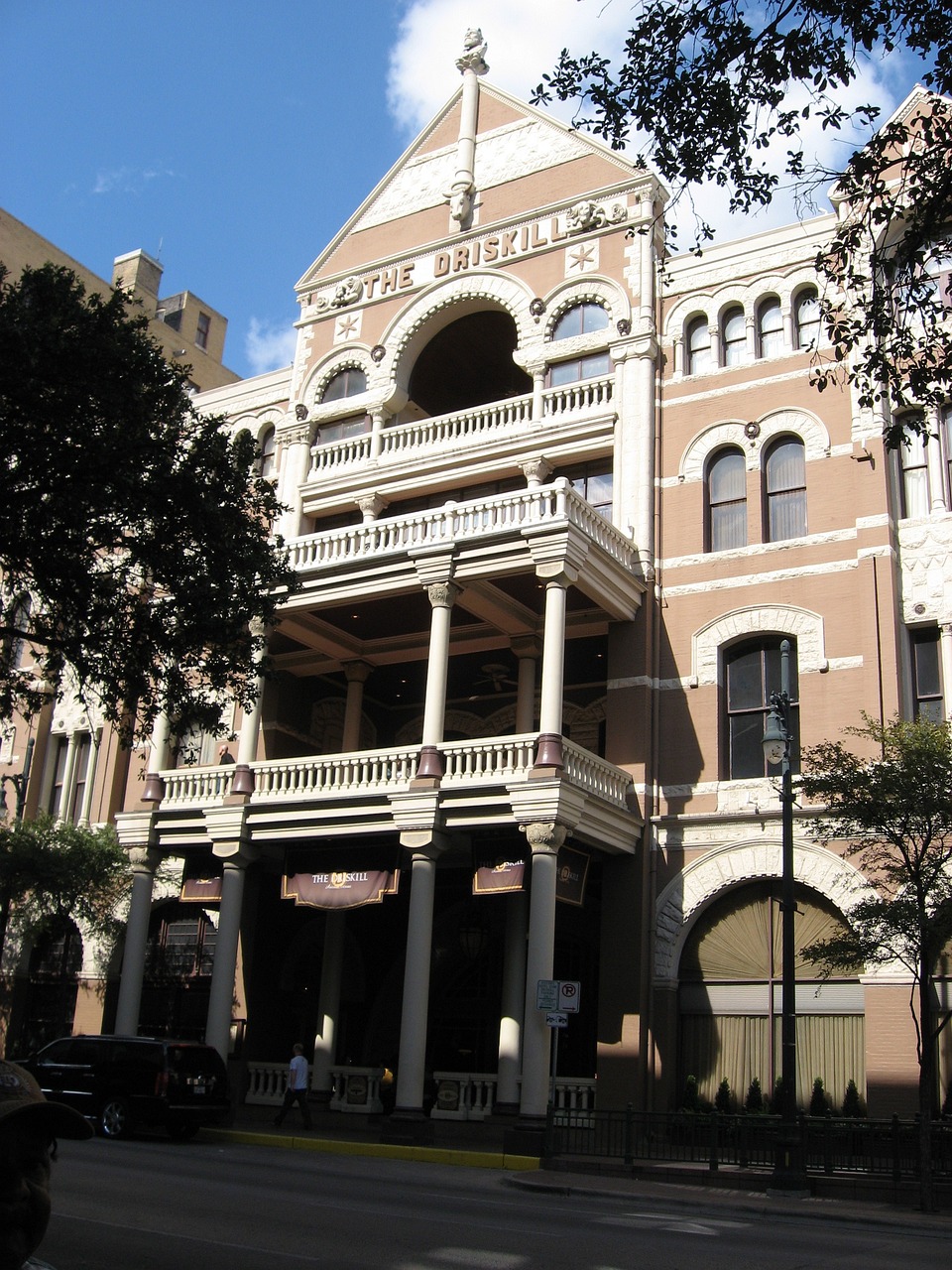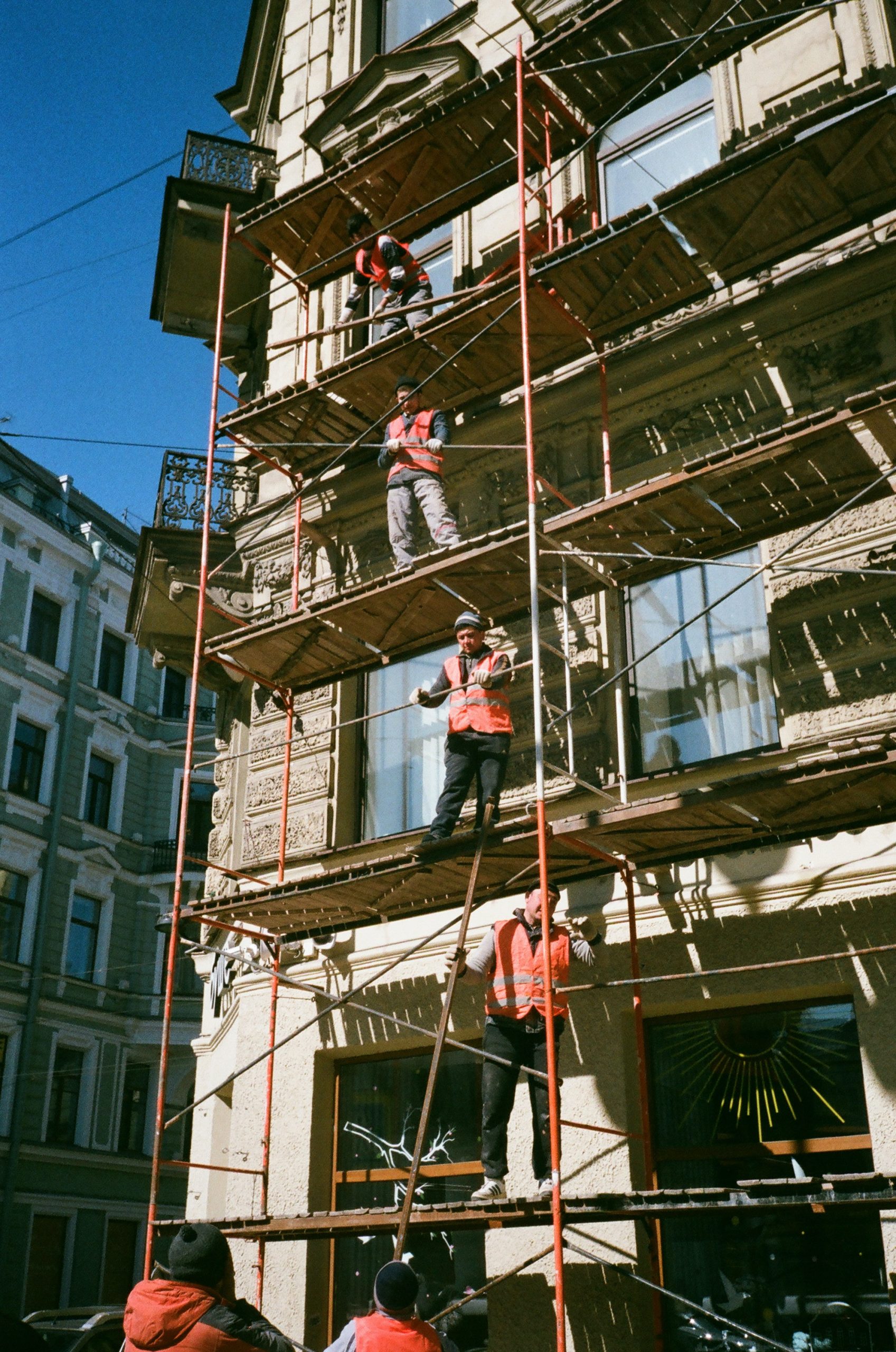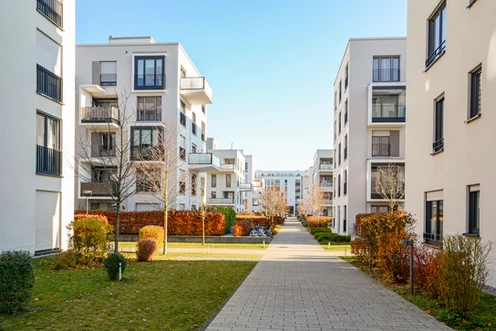As a commercial real estate attorney and investor in the heart of Austin, I’ve witnessed firsthand the city’s explosive growth. Glass towers sprout like wildflowers, cranes paint the skyline in intricate ballets, and “Keep Austin Weird” bumper stickers cling stubbornly to Tesla doors. This dynamic progress, however, often clashes with the city’s equally strong desire to preserve its historic soul.
There’s no denying the charm of Austin’s historic districts. Walk along South Congress, for example, and you can shop in retail buildings older than I am. The Austin City Council recently approved a budget for a grant program aimed at preserving some of these buildings. But is that all good? Is there a downside? Lets talk about it.
Historic Preservation has Positives and Negatives
On January 18, the Austin City Council approved the budget for the Historic Preservation Fund grant program. The City will dedicate $31.7 million for the 2023-24 fiscal year to preserve and improve Austin’s historic properties. It is funded through a 15% allocation of the city’s hotel occupancy tax revenue. And as we discussed above, there are a number of historic buildings around Austin that likely need some preservation efforts.
But there is a flip side to that coin. Austin is undeniably facing a housing crisis. Rents skyrocket, affordability plummets, and young professionals, students, and even seasoned residents struggle to find a place to call home. In this context, every square foot of land becomes precious. And the preservation of historic buildings, some potentially vacant or underutilized, can contribute to the crisis. So what is a City to do? What are the pros and cons of historic preservation?
Pros of historic preservation:
- Cultural Legacy: Historic buildings are living repositories of our past. Some are more than just structures; they are stories etched in wood and brick, testaments to the city’s evolution and a source of identity for Austinites.
- Community Character: Historic districts may add charm and character to a city.
- Economic Benefits: Some studies have shown that revitalized historic districts can actually attract businesses and tourism, boosting the local economy and creating jobs. Tourism thrives on cultural experiences, and historic sites are often key anchors.
Pros for New Development:
- Housing Affordability: Every historic building preserved is a potential new apartment complex, condominium, or affordable housing unit lost. In a city desperately scrambling for solutions, sacrificing development potential can seem like a luxury we can’t afford.
- Economic Stagnation: While historic districts attract certain businesses, they can also deter others. Strict regulations and limitations on development can stifle innovation and restrict a city’s economic diversification.
- Equity Concerns: Historic preservation initiatives, when not carefully crafted, can disproportionately impact low-income communities and communities of color. Gentrification often follows in the footsteps of revitalized districts, displacing residents who can’t afford the rising costs.
In addition, at least in Austin, we too often see buildings being preserved that have little to no historic significance. So what is the solution? How do we bring people together to balance these competing interests for the best of our City?
Here are a couple of ideas:
- Targeted Preservation: Prioritize preserving only truly significant buildings while allowing for adaptive reuse or redevelopment of others of little significance. Identify underutilized structures and encourage projects that retain the historic character while addressing the housing crunch.
- Incentives and Flexibility: Offer developers incentives, tax breaks, or streamlined permitting processes for projects that incorporate historic elements or contribute to affordable housing needs. This creates a win-win scenario where economic growth complements preservation efforts.
The City of Austin faces a complex challenge. But by acknowledging the merits of both sides, fostering creative solutions, and prioritizing both heritage and growth, we can ensure that Austin remains a vibrant, diverse, and livable city, where the echoes of the past harmoniously blend with the melody of the future. As lawyers, as builders, as Austinites, let’s strive to write a chapter in our city’s story that balances respect for our history with the promise of a thriving tomorrow.



